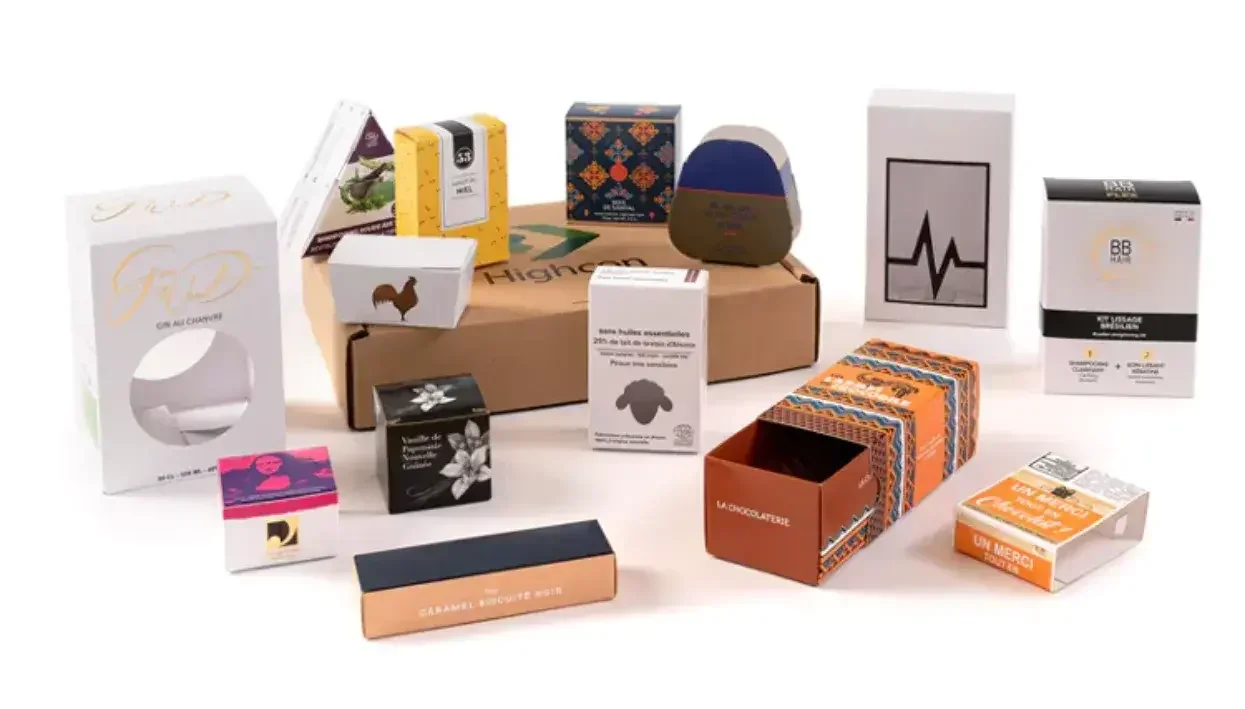Wide Format Printing
Why Highcon is turning to AI to maximise packaging productivity
Author
FESPA Staff
Published Date
22/04/2022
Become a FESPA Member
to Continue Reading
